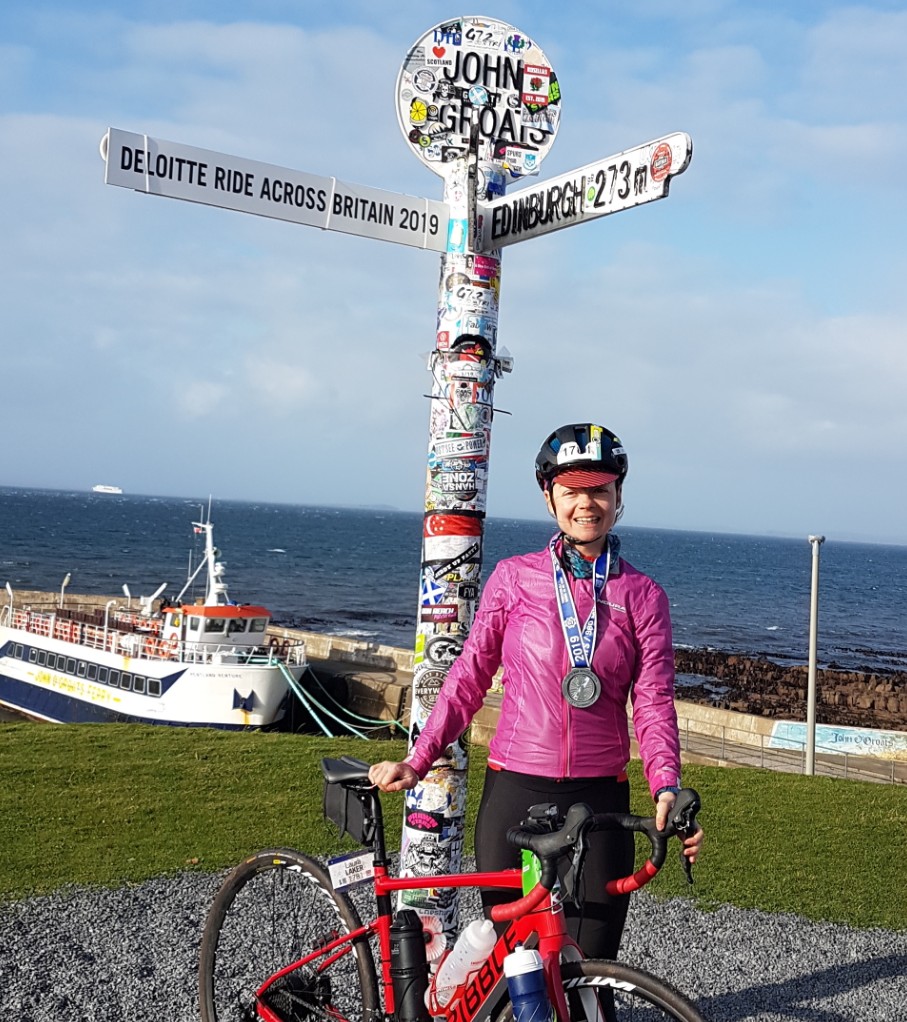It was at once a rare horrible cycling experience and yet, in some ways, unsurprising.
I was riding down Brick Lane one unremarkable afternoon when I heard a taxi driver come up behind me. I knew he was going quickly and I braced myself.
Brick Lane is a single-lane, one-way street running three-quarters of a mile between Whitechapel and Shoreditch in East London.
While often chock-full of pedestrians visiting the many restaurants, bars, shops and event spaces it also, incongruously, acts as a shortcut for drivers.
Because it’s only just wide enough for a single vehicle, safe overtaking is impossible without someone mounting a pavement.
Within moments, he was just behind my back wheel. I turned and told him to back off.
In response, he poked his tongue out, glaring at me manically and shaking his head.
On our way along the road, he continued gesturing, flipping me the V, and yelling at me to “get out of the way”.
Practically the whole way down Brick Lane, those three-quarters of a mile, he would try to squeeze past, driving within 50cm of my rear wheel, before swerving behind me again.
Looking behind, worried what he would do next, I nearly hit a man who stepped out in front of us.
I wasn't going to submit to a bully

Why not just get out of the way, you might ask? In hindsight, and for my own safety, it was probably the wisest option but, perhaps foolishly, I wasn’t going to submit to a bully.
Brick Lane was briefly blocked to through traffic during the pandemic using planters, but the experiment did not last.
Sadly, regardless of how narrow or busy a street is with pedestrians and cyclists, or with businesses that could use that space for other things, such as outdoor seating, the belief every road should be a through-route for traffic won out.
Many of the delivery bike riders choose to cycle along the pavement and in the gutter, I noticed, presumably having experienced this treatment before.
At the end of the road, there is often a stationary queue of cars at the lights.
My heart thumping after the ordeal, I sat down on a park bench and cried, wondering if he would have threatened a man in the street like that.
Mine was, sadly, not an unusual experience.
A shocking toll of abuse towards women who cycle
A recent survey by the London Cycling Campaign’s Women’s Network uncovered “a shocking toll of abuse and aggression towards women who cycle in London”.
Of more than 1,000 women who responded, 93 per cent said drivers have used a vehicle to intimidate them. For 77 per cent – three quarters – it happens on a monthly basis.
More than one in five women surveyed stopped cycling, temporarily or permanently, following such an experience.
In this context, it’s hardly surprising that for every three men cycling there is only one woman. It’s not to say men never experience this, but for women it has a greater impact.
For women with children, 39 per cent said their kids never cycle, alone or with an adult. This doesn’t bode well for the happiness and wellbeing of our future generations.
Where police were called, only one in 25 incidents resulted in significant follow-up action, the survey found.
For my part, I didn’t get the cabby’s number plate and I had no camera footage.
The solutions aren’t rocket science: nine out of 10 women said they’d ride more, or indeed start to cycle, if they had safe routes.
That means not having to face busy roads, rat-runs for impatient drivers or isolated, unlit towpaths and greenways with the risk of nocturnal attack.
The Women’s Network report calls for three things: physical safety, social safety and good-quality local cycle networks.
It recommends decent protected routes, designed with and for women, including those cycling with kids.
It says social safety needs to ‘radically improve’, with police, transport bodies and the mayor working together. Local cycle networks need to be improved for short journeys, too, it says.
This is not only the case in London, of course – we need it all over the country.
Cycling infrastructure is, in many ways, a huge expense to solve a social problem, that of aggression on the roads.
In my opinion, if you threaten someone with a tonne-plus of metal, you need to lose your right to pilot a potential weapon.
Plus, if they rode a bike instead it would do them, and the rest of us, a lot of good.
